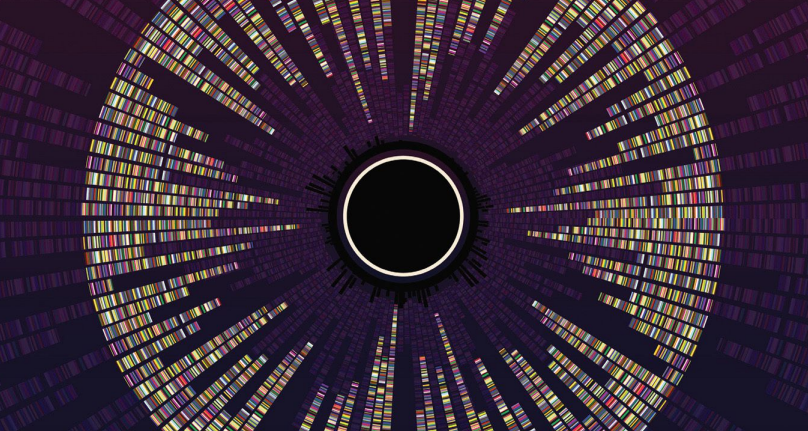پیشرفتها در تشخیص ژنتیکی برای بیماریهای فوق نادر
Advances in Genetic Diagnostics for Ultrarare Diseases

A Germany-wide multicenter study has shed light on the genetic diagnosis of ultrarare diseases, emphasizing the importance of exome Our top picks from the literature advances Today's Clinical Lab November 2024 7 sequencing (ES) in identifying underlying genetic causes. Conducted as part of the TRANSLATE NAMSE innovation fund project, the study involved the analysis of ES data from 1,577 patients, leading to diagnoses in 499 individuals, including 34 with previously unknown genetic conditions. The findings have been published in the journal Nature Genetics. Theresa Brnet, MD, a lead author from the Institute of Human Genetics at the Technical University of Munich, said, “We are particularly proud of the discovery of 34 new molecular diseases, which is a great example of knowledge-generating patient care at university hospitals.” The project aimed to use innovative examination methods to identify the genetic basis of rare diseases, with the research uncovering changes in 370 different genes. For the remaining unsolved cases, Tobias Haack, MD, said, “We will examine the affected patients for whom we have not yet been able to find a diagnosis as part of the model project Genome Sequencing, or MVGenomSeq for short.” This initiative aims to continue the momentum of TRANSLATE NAMSE, allowing for advanced analysis through methods like long-read sequencing, which enables the detection of difficult-to-detect genetic changes. Additionally, the study evaluated the effectiveness of the GestaltMatcher, an AI system designed to analyze facial features for diagnosing congenital genetic syndromes. Professor Peter Krawitz highlighted the software’s potential, stating, “GestaltMatcher is like an expert opinion that we can provide to any medical professional in a matter of seconds.” This innovative tool aims to enhance early diagnosis, particularly during routine pediatric screenings. The GestaltMatcher software and app will be accessible to medical professionals through the non-profit organization Arbeitsgemeinschaft für Gen-Diagnostik e.V. (AGD). Schmidt A et al. Next-generation phenotyping integrated in a national framework for patients with ultrarare disorders improves genetic diagnostics and yields new molecular findings. Nature Genetics. 2024;56:1644–1653



دیدگاه خود را بنویسید